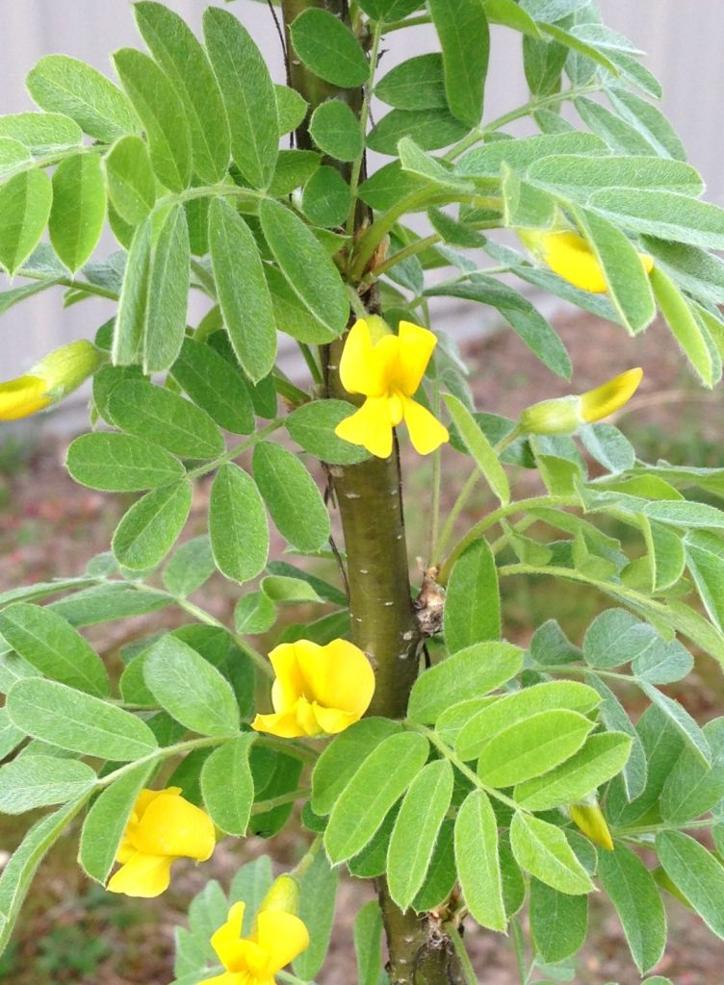Siberian-peashrub Plant
Siberian Peashrub (Caragana arborescens) is a shrub that grows 6-10 ft tall, hardy in USDA Zones 2-7, prefers well-drained soil, full sun, low to medium moisture, edible pods, and has medicinal uses.

Habit
Shrub
Height
3-6 m
Growth
Fast
Soil
Well-drained, sandy
Shade
Full Sun
Moisture
Low to medium
Edible
Yes, pods
Medicinal
Yes
Origin
Siberia, Asia
Climatic Condition
Temperate, Cold
Temperature (°)
-20 to 30°C
Humidity (%)
40-80%
Potting media
Loam, peat
Fertilizers
Organic, nitrogen-fixing
Watering
Moderate
Plant Weight
2-10 kg
Flowering Time
Spring
Soil Ph level
6.0 - 7.5
Water Ph level
6.0 - 7.5
Soil EC
1-2 dS/m
Yield Per Plant
Forage, green manure
NPK ratio
5:10:05
life Span
Perennial
Health Benefits
Erosion control, nitrogen fixer
Suggested Grow Media or Potting Mix ?
50% loam, 25% compost, 25% sand
Suggested Fertigation/Fertilizers
Fertilize every 4 weeks with a balanced fertilizer.
Common Diseases and Remedies
Leaf Spot, Powdery Mildew, Rust, Root Rot, Verticillium Wilt
Brown or black spots on leaves, White powdery coating on leaves, Orange pustules on leaves, Wilting, yellowing leaves, root decay, Wilting, yellowing leaves, vascular discoloration
Remove affected leaves, use compost tea, Apply sulfur or neem oil, Increase air circulation, use compost tea, Improve drainage, apply compost tea, Prune affected branches, improve soil health
Copper-based fungicide, Systemic fungicides like myclobutanil, Fungicides containing chlorothalonil, Fungicide application, Fungicides with thiophanate-methyl
HEALTH BENEFITS
High-protein seeds can be used as a food source.
Used in traditional medicine for wound healing and inflammation.
Roots help prevent soil erosion and support ecosystem health.

